An affidavit of marriage is a sworn statement used as legal proof of a marriage when traditional documentation, such as a marriage certificate, is unavailable. This document is often…
continue reading
20+ SAMPLE Tenant Affidavit
-
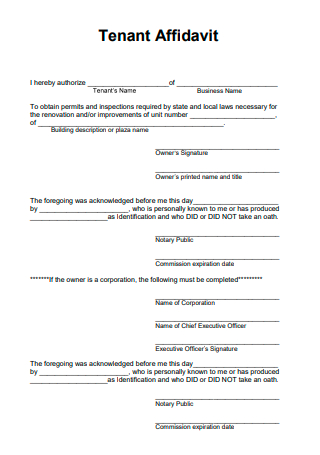
Tenant Affidavit Template
download now -
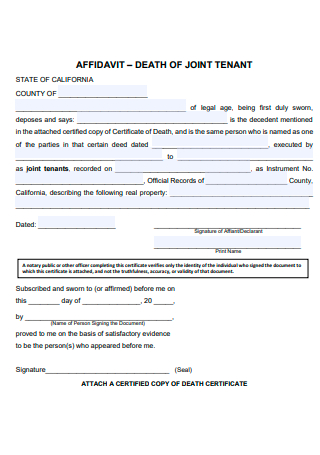
Death of Joint Tenant Affidavit
download now -
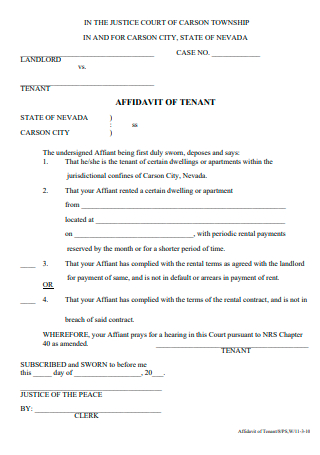
Basic Tenant Affidavit
download now -

Tenant Affidavit of Non-Compliance
download now -

Surviving Joint Tenant Affidavit
download now -
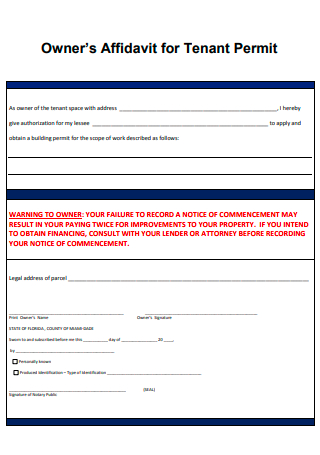
Tenant Permit Owners Affidavit
download now -
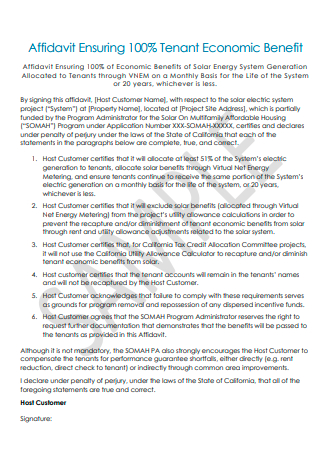
Sample Tenant Affidavit
download now -
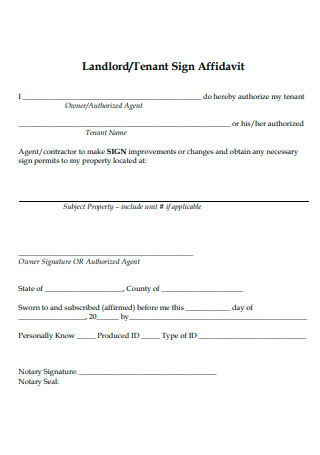
Tenant Sign Affidavit
download now -
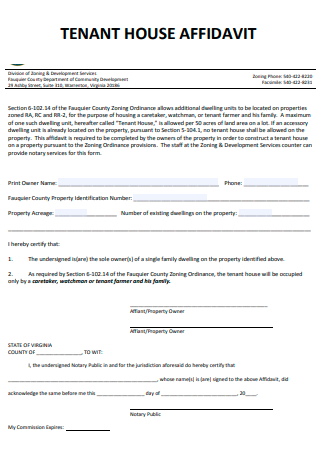
Tenant House Affidavit
download now -
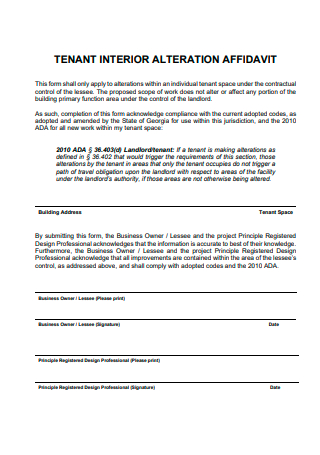
Tenant Interior Alteration Affidavit
download now -
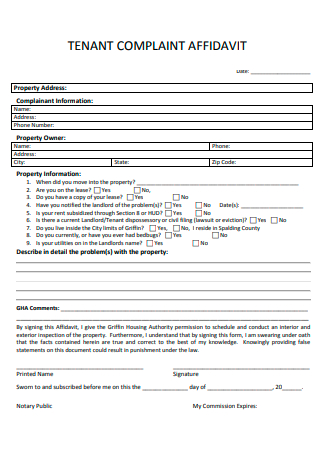
Tenant Complaint Affidavit
download now -
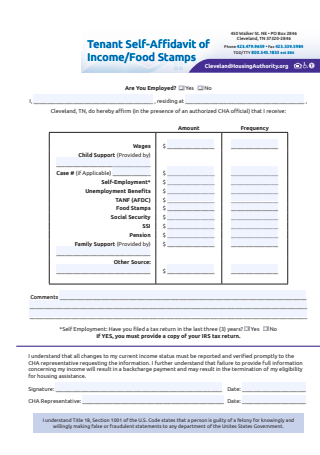
Tenant Self-Affidavit For Income
download now -
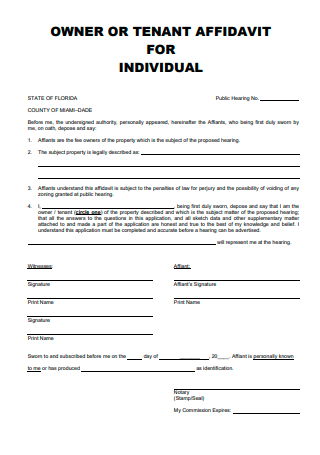
Tenant Affidavit For Individual
download now -
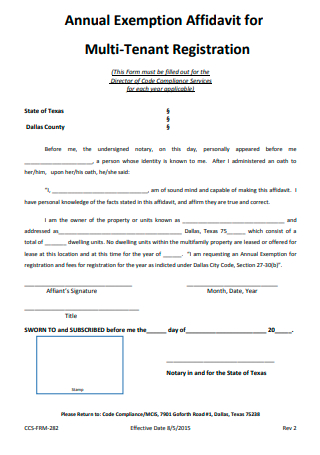
Multi-Tenant Registration Annual Exemption Affidavit
download now -

Tenant Affidavit in PDF
download now -
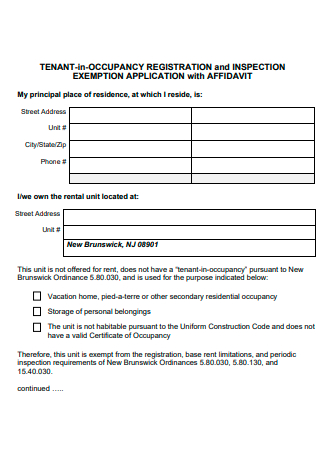
Formal Tenant Affidavit
download now -
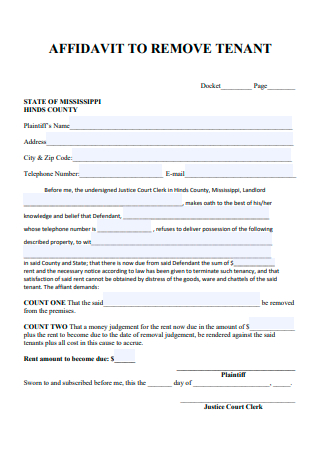
Tenant Affidavit to Remove
download now -
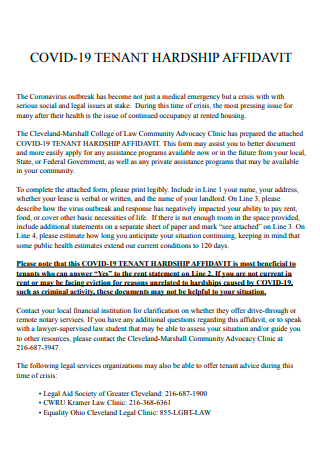
Covid-19 Tenant Hardship Affidavit
download now -
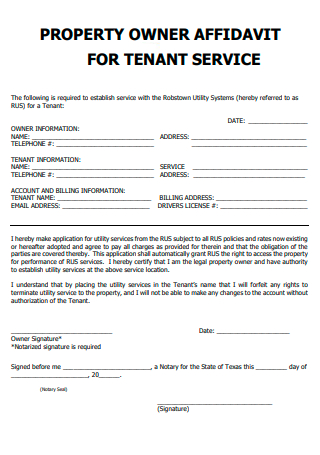
Tenant Service Propery Owner Affidavit
download now -
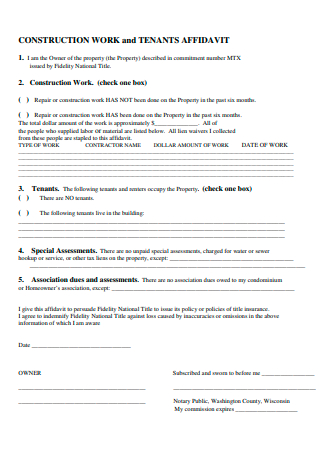
Construction Work and Tenant Affidavit
download now -
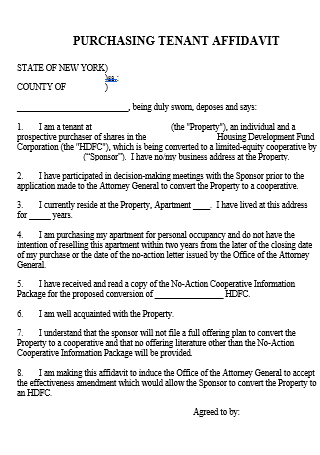
Purchasing Tenant Affidavit
download now
What Is a Tenant Affidavit?
A tenant affidavit has several functions. It might be to certify a payment, respond to an eviction notice, or file a Complaint. It can also serve as evidence of a landlord-tenant relationship. Whatever the goal, preparing this legal document requires careful thinking. Since it may be utilized in court, the terms and substance of this document must be carefully considered. Even when it comes to a landlord no longer wanting a renter to remain within their premises, an affidavit to remove the tenant would be required for legal procedure. You can view the tenant affidavit example to see how it is formatted.
Tips for First-Time Renters
When it comes to clarifying the contents of the landlord and tenant affidavit of service, you as the tenant will need to do your own research. This will give you prior information before deciding on moving into the property which may or may not actually fit your needs. So before you sign the papers, you will need to know your needs and wants of a certain property.
Leasing a Residential Property Process
With the tips in mind as a tenant, you should also know what goes on in a landlord’s manner of process in leasing their respective properties. This list is meant for you to know when the tables have turned and you may act as a landlord while also possibly being a tenant of your own property. Remember that when preparing the tenant’s affidavit of payment, you will need to check the contents and the property.
How to Write a Tenant Affidavit
A Landlord and tenant affidavit will take a significant time to complete especially when the various sections will have different contents. Though if you are short of time, then you can utilize the samples and templates provided for you within this very article. If you want other types of affidavits, then peruse the site for other options available. They can help you out just as the guide below.
1. Name the Parties
To start off your tenant affidavit, you must first state the names involved. Proclaim your name as the tenant as well as the owner of the property who is the landlord. It is important to state such information because it will validify your existence of renting out the property. No fake names or aliases will be considered for this section as identification cards could be requested upon reviewing the document.
2. Describe the Property
The address and kind of Rental Property, such as an apartment, home, or condominium, are simply the premises. You will need to state the address of the property within the affidavit to certify what particular area you are referring to. If you are unsure of the specifics of this part, consult the landlord or someone who is familiar with the area you are planning to live in. Furthermore, you may need to describe the property on its appearance, where it is located, what nearby landmarks it is situated at, and other relevant information.
3. Define the Term of the Tenancy
The “term” refers to how long a renter will rent the listed property. A normal tenant affidavit should include when the tenancy starts and ends. In addition, a lease might be fixed-term or month-to-month. A fixed-term tenant affidavit indicates that the arrangement is for a specified amount of time. This sort of tenancy terminates on the end date specified in the agreement, which is commonly 6 months, a year, or two years after the commencement date. A month-to-month rental lease indicates that the arrangement is for one month only and has no set expiry date.
4. Declare Oath of Responsibilities
This section of the tenant affidavit will require you to write what are the inclusions of your responsibilities. This is where you swear your honesty and willingness to fulfill them without provision or reminder. Otherwise, failure to comply would void or fail the verification of the affidavit. If you have another tenant with you, you may need to clarify the joint tenancy to declare that both of you will be fulfilling the responsibilities.
5. Finalize the Affidavit
When you have finished discussing the specifics with your tenant, remember to print at least two duplicates of the tenant affidavit for you and the other party, sign and date the lease affidavit from both the tenants and landlord and keep a hard copy of the signed document in a safe place, as well as consider scanning an electronic copy for extra security. Do keep in mind that having it notarized would require another person present to either act as a witness or a counter-signee for the affidavit.
FAQs
What is the difference between a proof of residence letter from a landlord reference?
The evidence of the Residency Letter is not the same as a reference letter that your renter may request. You would most likely be glad to write a credit reference for this renter if your tenant is reference-worthy. However, if your renter is troublesome in any manner, you are in a difficult position. In addition to being immoral, signing an inaccurate declaration essentially perjured oneself. Depending on the renter, you may not want to write a reference letter, which raises another issue: notifying your tenant that you do not want to send the letter. As you can see, a landlord may struggle with the reference letter, but the evidence of the residency letter is typically not.
What is a rent reminder?
A rent reminder letter or notice is one that is issued to renters either before or after their rent is due. The purpose of this letter is to gently remind tenants that they must pay rent without threatening them with penalties. Many landlords think about sending these letters out before rent is due to notify renters of the forthcoming Payment. Friendly rent reminders given prior to the due date are a polite and friendly method to keep things on track, but not all tenants will be amenable to this.
What is the most crucial aspect of an affidavit?
Affidavits are an important element of court proceedings because they give a written description of the events surrounding the case, which may help judges reach judgments more easily. They are also handy for keeping records. Remember two things regarding affidavits: everything you put in must be significant, and it must be factual, not opinion. The declaration you make in the affidavit, as well as any documents attached to it, must be relevant to the case before the Court. This is essential for a good affidavit.
An affidavit for a tenant has its important aspects and knowing how to format it is crucial not only to follow what the standards are but to make it valid into being notarized. In a similar sense, a tenant declaration form can also come in handy and act as an additional document to provide relevant information.


